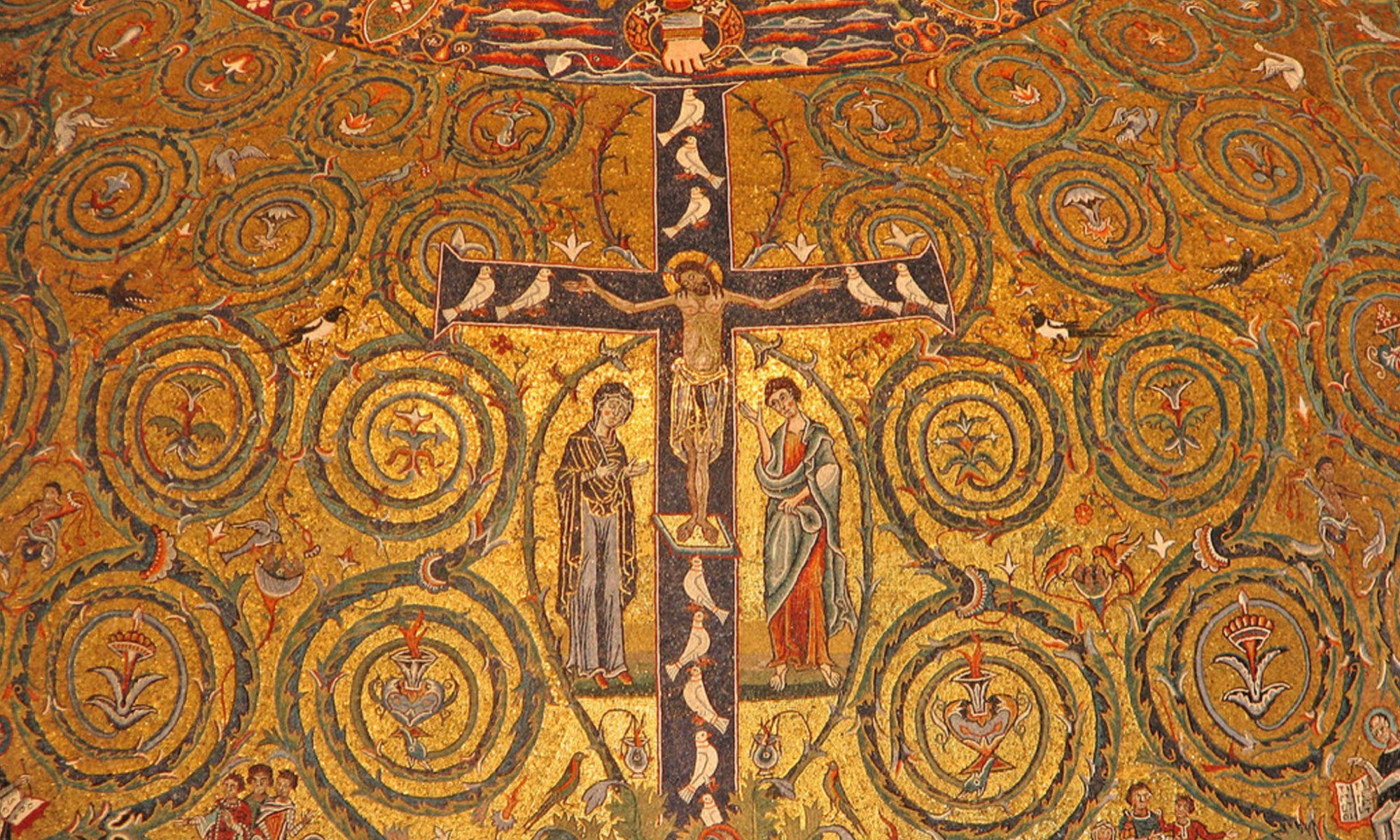There is much to marvel at in God’s creation, but the bond between mother and child is chief among them. In marriage, the two become one flesh. In motherhood, what begins as one flesh proceeds, through a nurturing and protective process, as a new being that grows into full maturity. The process of pregnancy and birthing is a paradox of sorrow and joy – so much so that it becomes the best analogy that Jesus can find to describe the Resurrection (John 16:16-22). The process of guiding children into adulthood replays the same paradox. If strongly supported and protected, healthy mothers are able to partner with healthy fathers in guiding their children into responsible adulthood. The mother desires that this young human being, who began in her womb with absolute dependence and need, will gradually reach a point of no longer needing and depending on her, but living autonomously with a free and joyful capacity for communion and total self-gift. I am friends with many moms, and have seen in their eyes that amazing combination of painful loss and intense joy as they proudly watch their sons and daughters shine in adulthood. But they are up against so much!
O how the devil hates this beautiful gift of motherhood! In every age, he renews his assault against it, and against the precious daughters of God who are called to it. Last time, I shared the particular ways in which our modern industrialized (and now digitalized) age tends to war against women. Toxic understandings of masculinity and femininity have infected both secular society and our own churches. Wave after wave of collective trauma has caused most of our families to perpetuate cycles of harm from generation to generation – unless and until we have the courage to face it all and heal. When I say collective trauma, I am thinking of the immigration of my and your ancestors, the previous pandemic, World War I, the Great Depression, World War II, Vietnam, the most recent pandemic, and so much more. Few families have fully faced and fully healed the heartache. Most of us minimize it, pull ourselves together, and carry on – which totally made sense during the traumatic events themselves – but over time has corroded our capacity for healthy intimacy and relationships. One of many sad results is that most of us did not receive all that we truly needed from our mothers.
God sends Jesus as his own beloved Son to plunge into every betrayal, every assault, every loss, every moment of heartache – and to transform it all. We are no longer alone or powerless in our agony – he suffers with and for us.
So does our mother Mary! God chose her to be the mother of his own Son. He is true flesh of her flesh, born of the Virgin by the power of the Holy Spirit. God also chose her to be our heavenly mother, as Jesus revealed to us on the Cross: “Behold Your Mother!”
How can she possibly be a mother to each and every beloved disciple? Only if she participates fully in the Lord’s Resurrection and Ascension – just as she participated fully in his Cross and burial. When Jesus is raised from the dead and exalted in heavenly glory, he opens up a new dimension of human existence. His body is one and the same as the body placed lovingly in the tomb, yet gloriously transformed beyond our current comprehension. The resurrection accounts make it clear that our current limits of time and place cannot contain him. He can be fully present many places at once – not just as God, but in his human flesh.
The Catholic doctrine of the Assumption of Mary into heaven may seem to many to be abstract or unbiblical or irrelevant. But it makes so much sense if you look at it through the lens of Jesus giving us the heavenly mother that he knew each and all of us would need! He knows the relentless assaults of evil. He knows that many mothers and many children in every generation will be vulnerable to attack. He promises not to leave us orphans.
Sharing already in Jesus’ Ascension glory, our Blessed Mother is able to provide the tender nurturing, the fierce protection, and the motherly mentoring that we may have missed out on. We cannot give what we have not received!
My heart has been warmed at how many of my Protestant friends are curious about devotion to Mary. They and I recognize that the polemics of the past (on all sides) resulted in much misunderstanding, distortion, or loss. Our American culture, with its Puritanical roots, has been particularly suspicious of devotion to Mary – unlike most other times and places in the history of Christianity. From at least as long ago as the early art in the Roman catacombs, Mary’s motherhood has captivated the imagination and creative expression of Christian disciples in every age. She is always the mother that we need, because our good Father knows of our need and always provides.
I have a few writing projects that I’ve chipped away at in recent years. Five years ago, I wrote a book on the Beatitudes which I will eventually rework and publish. While on sabbatical, I wrote a book about devotion to Mary for those who really need it. The idea came originally from a mentor who was a Protestant minister and therapist. I wasn’t ready to write it for a long time, but it is nearing completion now. I look forward to sharing some stories of how Mary has been the heavenly mother I have needed, and hope that many of you will find her to be exactly the mother that you need.



